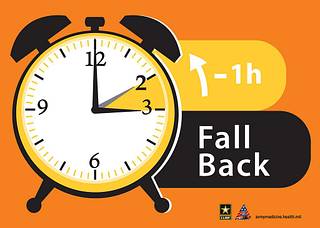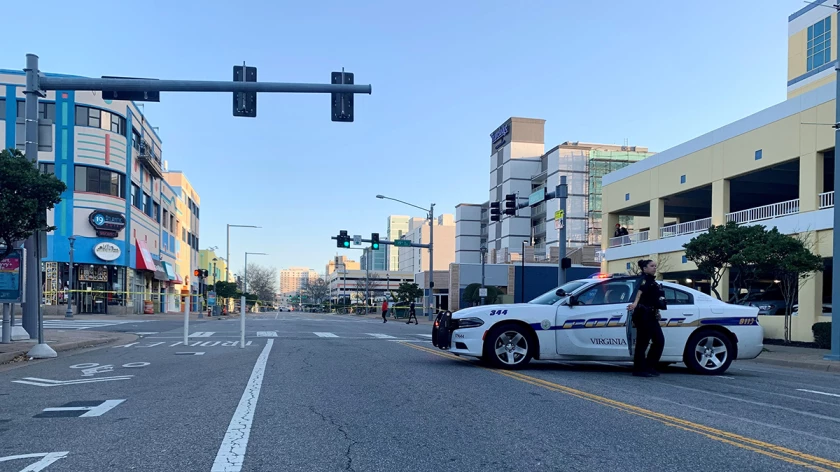
Daylight saving time’s frequent changes in the schedule are provoking and frustrating, even though it is known to bring benefits.
The United States first adopted daylight savings during World War I and II to conserve energy.
According to the Yale School of the Environment, even contemporarily, Daylight saving time does not save electricity but increases electricity usage costs by one percent. During these times, people experience increased heating and cooling due to fluctuations in the weather, such as cooler mornings and hotter evenings.
According to Portneuf Medical Center, Daylight saving time disrupts the body’s circadian rhythm due to constant changes. This can set the body’s natural rhythm off and result in sleep disorders.
During daylight saving time, students find it hard to wake up due to the darkness outside and often come back inside late since it seems like morning outside at night. This leads to sleep disruption and difficulty adjusting to the new time, especially when it changes every six months.
When people are deprived of sleep, they have poor reaction times and a harder time focusing.
A 20-year study by Current Biology found that fatal accident risk in the United States increased by six percent after the time change, possibly due to lack of visibility and sleep deprivation. However, the accidents returned to normal the following week.
The Sunshine Protection Act proposed in 2018 aimed to make Daylight savings time permanent in the United States. Although the Senate passed the bill, Congress did not vote on it. This could have resulted in fewer casualties and improved students’ health if passed.
According to Cal Matters, to change Daylight saving time, it needs approval from two-thirds of the state Assembly and Senate, along with the governor’s signature. Despite being initially used to save energy and daylight, Daylight Saving Time is controversial and has many drawbacks. According to standardtime.com, Americans can contact Congress or take other actions to minimize its negative effects.












Stone Ashley • Apr 10, 2024 at 11:03 pm
I agree tbh! I am kinda fed up with this schedule too. So informative. I did not know that it was made because of world wars. Really interesting and new info!
Magic • Apr 5, 2024 at 3:36 pm
I totally agree! They should not be changing it and making it a burden for others!
Patricia longstreet • Apr 4, 2024 at 4:30 pm
I want to stay at one time not back and forth